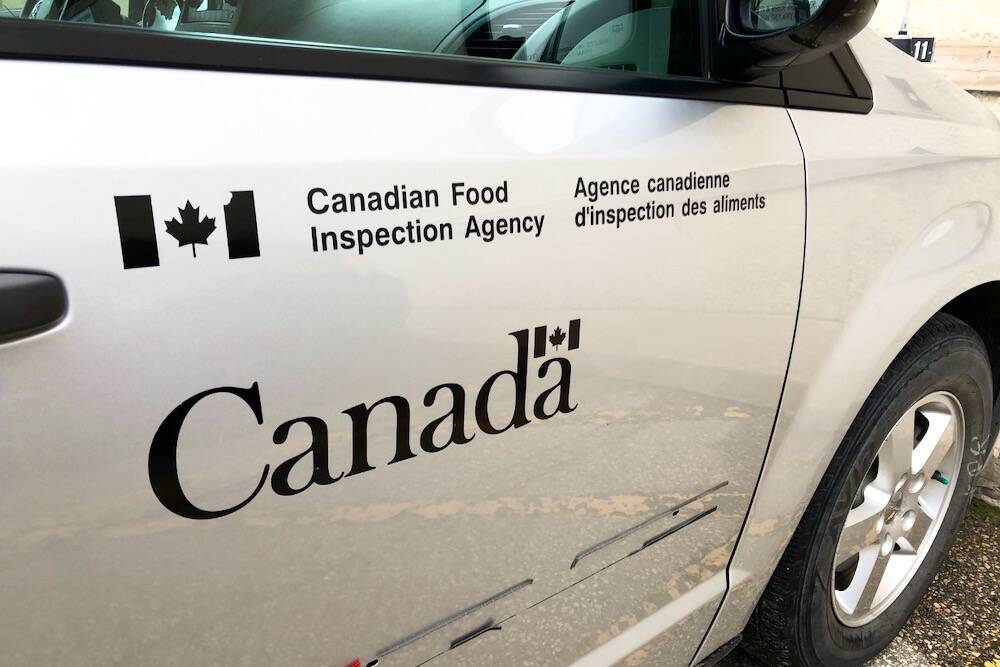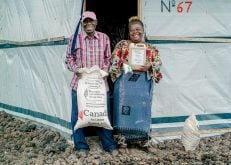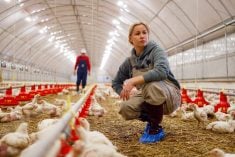SOUTH
Producers made great seeding progress and are well ahead of the five year average. Drier conditions allowed many farmers to complete seeding, while others will be done soon.
However, cooler weather has prevailed and some areas could remain unseeded because of excess moisture.
The Limerick area was the wettest, receiving 52 millimetres, while other areas received trace amounts to 50 mm.
Topsoil moisture conditions on cropland have generally improved and average 78 percent adequate. Three-quarters of hayland and pasture topsoil moisture conditions are adequate.
Read Also

B.C. ostriches culled, CFIA confirms
Ostriches on an embattled Edgewood, B.C. farm have been culled after a prolonged legal battle, the Canadian Food Inspection Agency has confirmed.
Cool weather is delaying crop development in many eastern areas, which lags normal development by about a week.
Crop damage is attributed to localized flooding, hail, minimal frost, high winds, drought and insects. Many producers continue to spray for flea beetles and cutworms in canola.
There are reports that some fields are being reseeded because of cutworms, flea beetles and localized flooding, which has hindered crop emergence.
CENTRAL
Seeding has significantly advanced and is nearing completion.
Some wet acres will likely remain unseeded unless warmer weather arrives soon. However, many producers have finished seeding and are now starting in-crop herbicide and fertilizer top-dressing applications.
Rainfall varied from trace amounts to 51 mm, with the Goodeve area reporting 64 mm.
The topsoil moisture condition for most cropland averages 80 percent adequate. Hayland and pasture topsoil moisture is rated slightly higher at 84 percent adequate.
Most crops are in good condition, but cooler temperatures are delaying development. Some areas reported damage from localized flooding, hail, wind and frost.
Flea beetles continue to damage canola, and some producers are spraying.
Weeds are becoming prevalent, and in-crop herbicide applications are beginning as weather allows.
NORTH
Many producers made significant progress, and seeding is nearing completion. However, cool, wet weather continues to hamper plant growth, which has delayed normal development for this time of year.
The wettest area was Dorintosh, which received 36 mm. Eighty percent of the cropland soil moisture conditions are rated as adequate. Hayland and pastures are significantly better, averaging 92 percent adequate.
Producers continue to spray for flea beetles, which caused most of the crop damage. In-crop herbicide applications have begun as weather permits.














